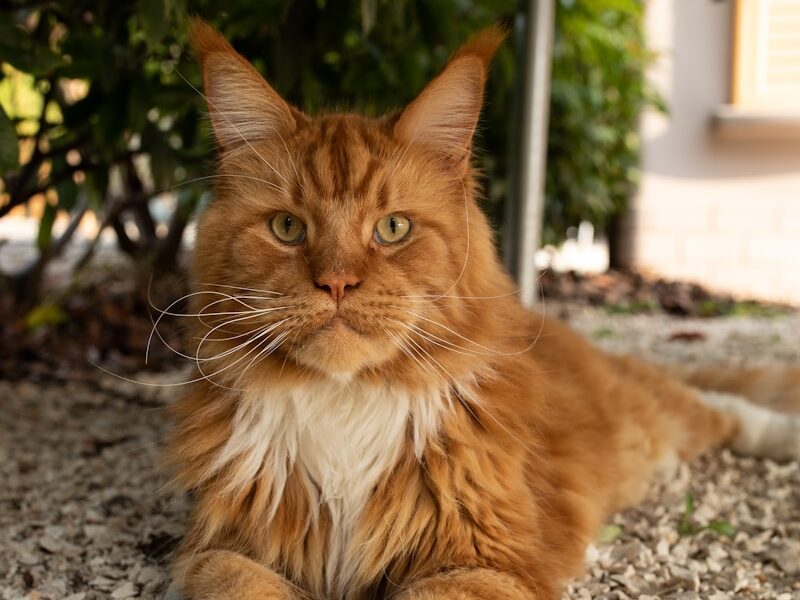
Getting a cat looks easy enough. Everything seems fine at first. Then problems start showing up a few weeks in. Some breeds want attention at random times during the day. Work gets in the way of that. Food and a litter box aren’t always enough. Certain cats need more than the basics. That calm cat by the window turns into something that wants stuff all the time.
Bengal Cats
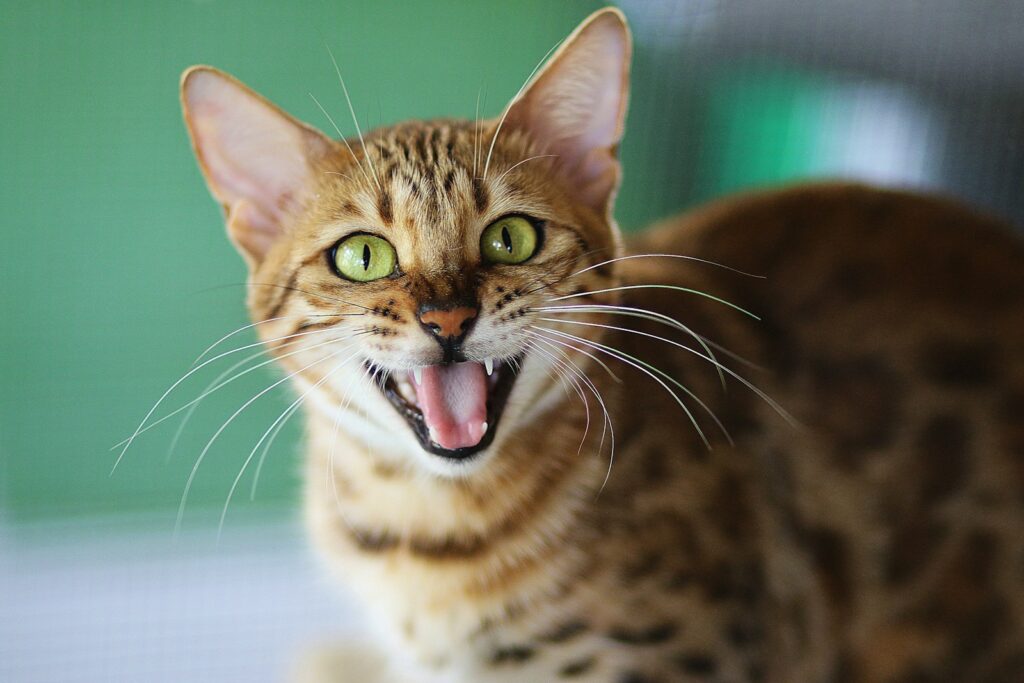
Bengals don’t really do calm. These cats move like they’ve got somewhere to be. A scratching post won’t cut it. Games help, but they need new ones constantly, or boredom sets in fast. Furniture becomes a target when that happens. Climbing anything available is normal behavior for them. People working all day shouldn’t expect to find a relaxed cat when they get back. Energy like this doesn’t just disappear because nobody’s home to watch it.
Siamese Cats
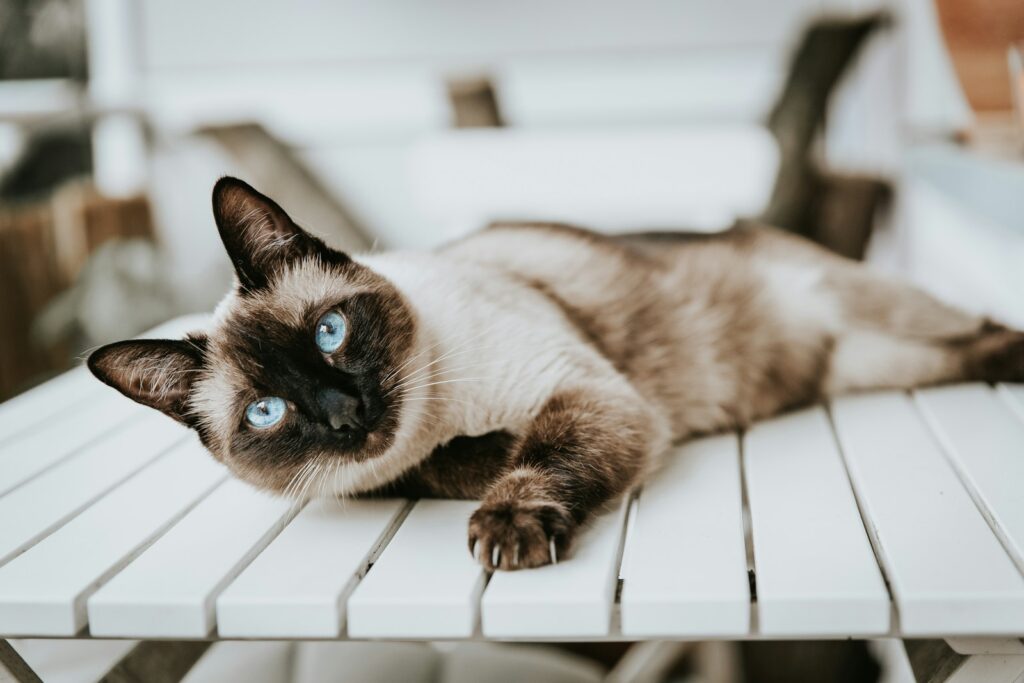
Siamese cats talk. Not just meowing when they’re hungry, but full conversations that happen throughout the day. They’ll follow someone from room to room, making sure they’re heard. The sound can get loud enough to bother neighbors through thin walls. These cats also bond strongly with their people and don’t like being left alone. Coming home to find things knocked over becomes normal.
Savannah Cats
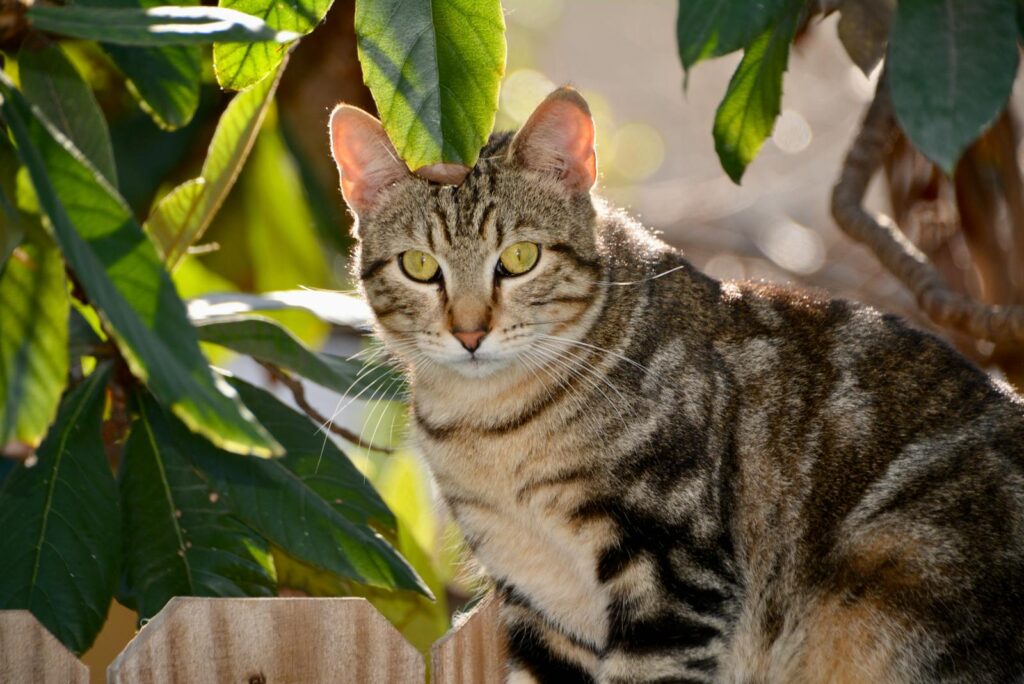
Savannahs look like they belong in tall grass somewhere far away. They’re part wildcat, and that shows in how they move and what they expect. These cats need space to run, and they can jump higher than most people realize. A small apartment won’t work. They’re also expensive, and finding a vet who knows how to handle them takes effort. The window ledge won’t be enough to keep them entertained.
Maine Coons
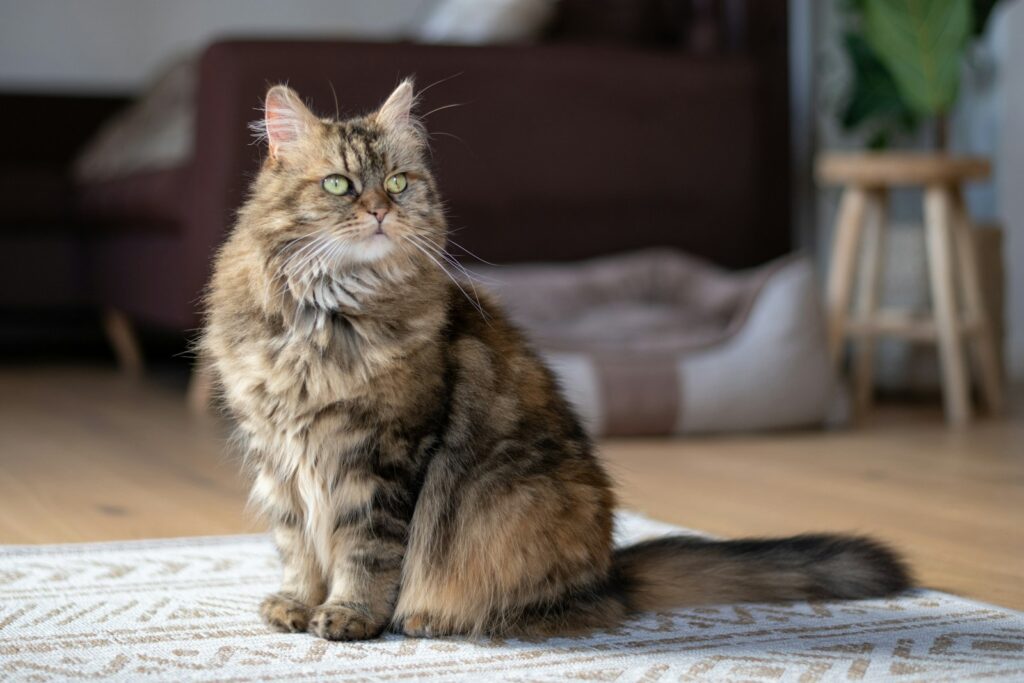
Maine Coons grow larger than anyone expects. They’re not done growing until they’re three or four years old, and by then, they take up serious space on the couch. Their fur needs brushing several times a week to prevent it from matting into clumps that are hard to remove. Someone who doesn’t like spending time with a comb will struggle. These cats also eat more than average, which adds up at the store.
Persian Cats
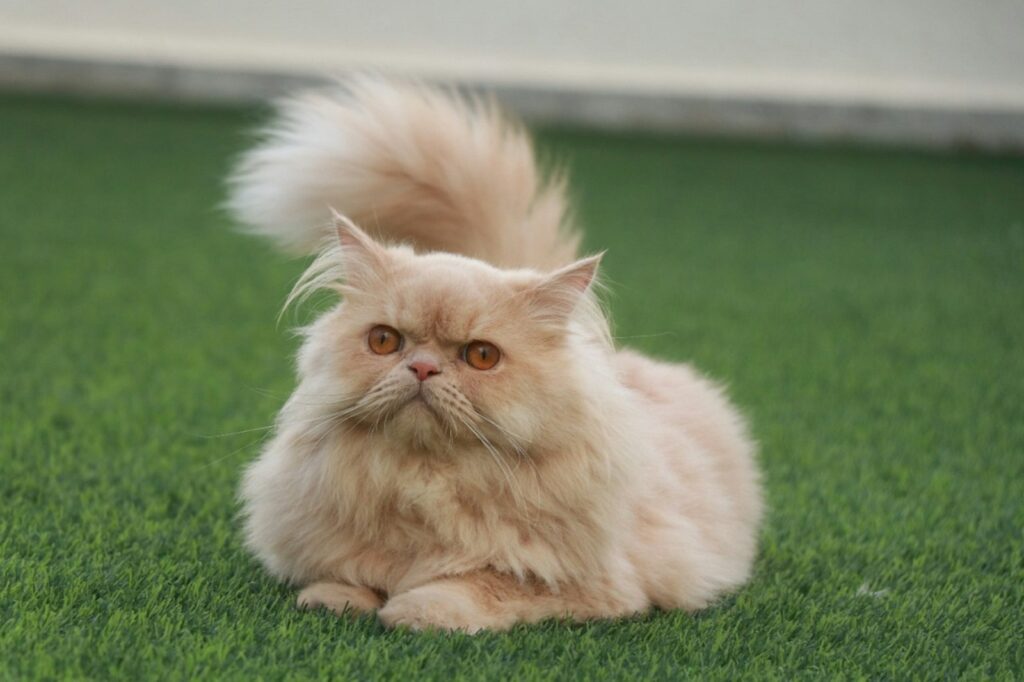
Persians have faces that look permanently grumpy, but their fur is the real challenge. It tangles if someone skips even a few days of grooming. Their eyes water constantly and need wiping to avoid staining. A bath every few weeks isn’t optional. People who want a low-maintenance pet won’t find that here. The brush sits out on the counter as a daily reminder.
Sphynx Cats
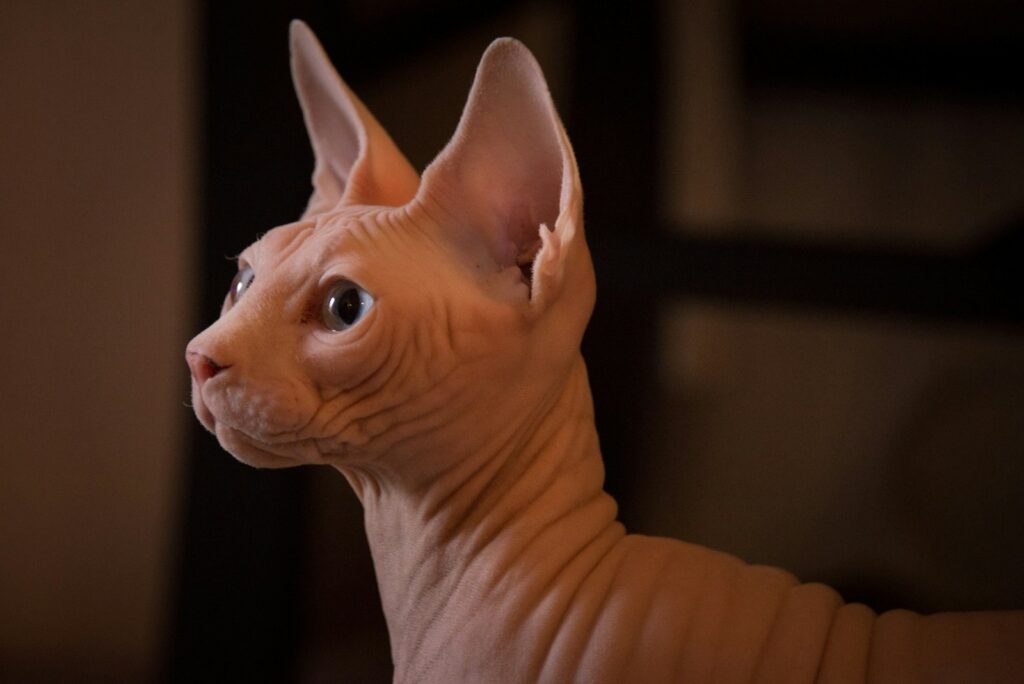
Sphynx cats leave grease marks on furniture. Their skin gets oily really fast. Washing them has to happen every week, or the couch gets stained. Petting one feels strange. The house needs to stay warmer than usual. They get cold easily without fur. Cat sweaters are actually needed for warmth. Skin problems are common in this breed. Vet visits cost more than with regular cats.
Scottish Folds
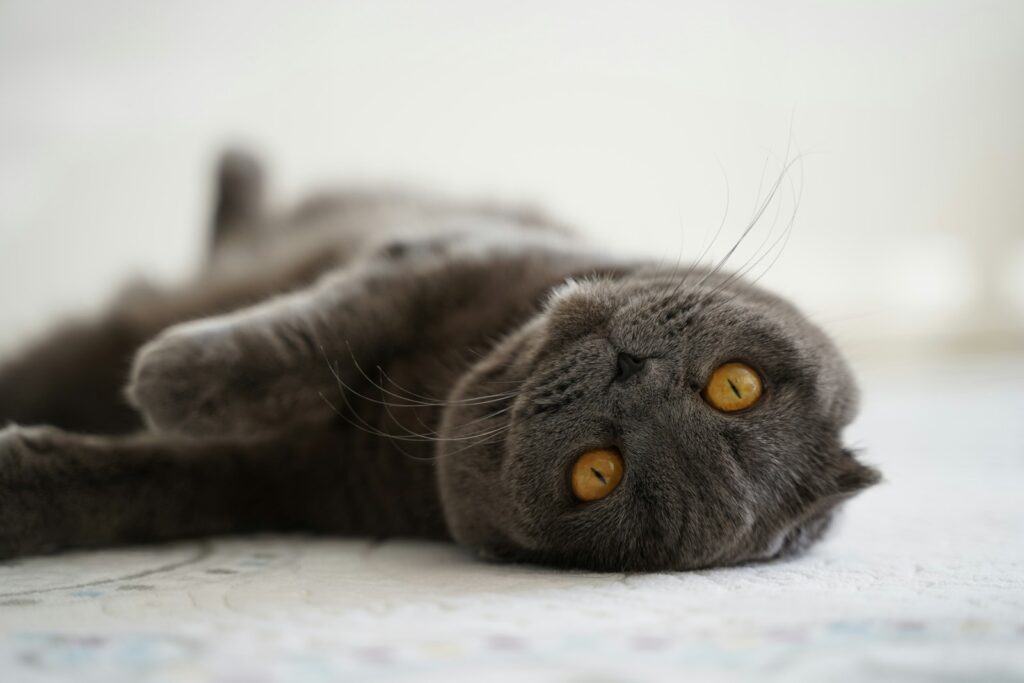
The folded ears are what people notice first. That trait connects to cartilage problems deeper in the body. Joints start having issues, and fixing them gets expensive fast. Pain becomes part of life for some of these cats as they age. Someone picking out a kitten focuses on looks without thinking about future medical bills. Vet visits add up, and the cuteness wears off when dealing with health issues that don’t go away.
Turkish Vans
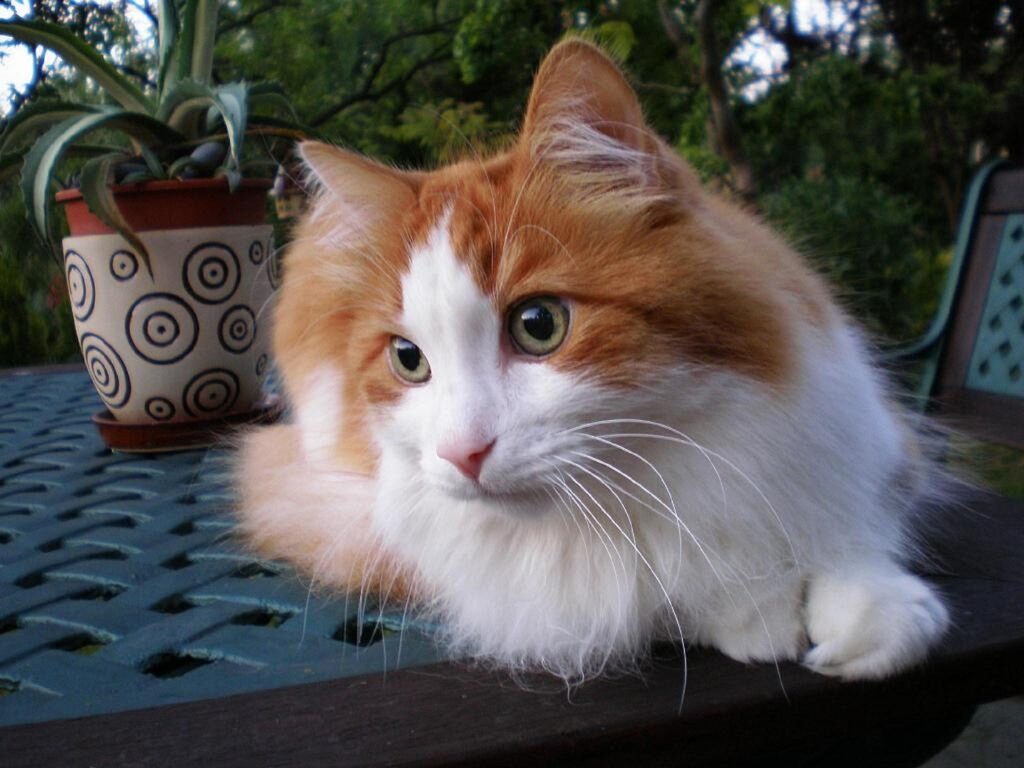
Turkish Vans like water, which sounds fun until someone realizes what that means. They’ll jump in the sink while dishes are being washed. Baths don’t bother them, but they don’t tire out easily either. These cats need activity, and they’re smart enough to figure out how to open cabinets. A closed door won’t always stay closed. Someone who wants peace and predictability might find this exhausting.
Manx Cats

Manx cats are known for having short tails or no tail at all. That trait can come with spine problems that aren’t obvious at first. Some Manx cats develop bowel or bladder issues as they get older. Medical bills can stack up fast, and not every vet has experience with these specific problems. A person getting their first cat might not be ready for that kind of surprise.
Egyptian Maus

Egyptian Maus are fast and skittish. They spook easily, and new people coming into the house can send them hiding for hours. Building trust takes time, and even then, they might never fully relax. These cats need a calm environment, and they don’t do well with sudden changes. Someone with a busy household or lots of guests will have a hard time making this work. The cat stays under the bed more than on it.
Abyssinian Cats
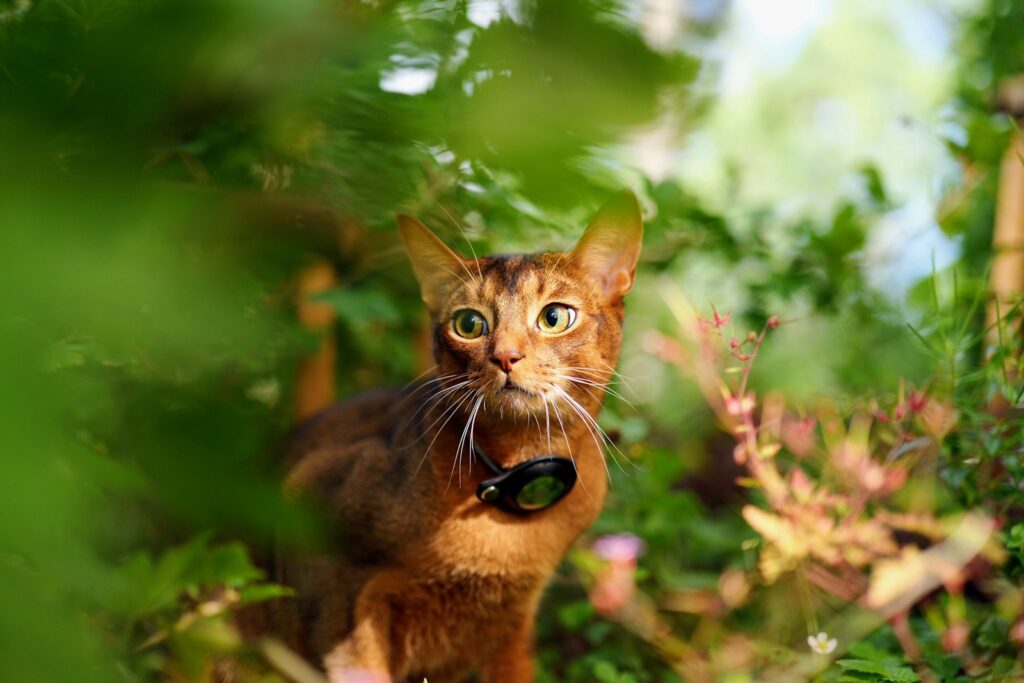
Abyssinians act like they’ve had too much coffee. They’re always moving and always looking for something to do. Boredom makes them destructive, and they’re smart enough to get into cabinets and closets. They also like to be up high, so curtains and shelves become climbing routes. A person who isn’t home much won’t come back to a tidy living room. These cats need engagement, or they’ll create their own entertainment.
Russian Blues

Russian Blues need time before they trust people. Caution is built into their behavior, and sudden movements or loud noises will send them scurrying. Someone expecting a friendly cat from day one won’t get that. These cats like things staying the same and pick up on changes fast. Months can pass before one relaxes around someone. Even then, the couch might stay empty while someone sits right there watching TV.
Oriental Shorthairs

Oriental Shorthairs look like Siamese cats in different colors, and the vocal habits carry over, too. These cats constantly want attention, and they’re loud about it. They’ll follow people from room to room throughout the day. The bond they form is strong, but separation is hard on them. Someone working long shifts or traveling often will come home to a stressed cat. The meowing starts before the door finishes opening.
Chausies

Chausies have wildcat blood in them. It shows in how they act. Small apartments don’t work for cats this size. They need room to run and jump around. Saying no doesn’t accomplish much. Redirecting them fails more often than it works. Kitchen counters become an ongoing battle. Training takes constant effort. Most new owners can’t maintain that level of consistency. Patience runs out fast.
Norwegian Forest Cats

Norwegian Forest Cats shed heavily twice a year. Fur gets on clothes just from being near them during spring and fall. Brushing pulls out huge clumps. Grooming sessions during shedding season take forever. These cats weigh more than expected. Cheap cat trees won’t hold them. Someone can brush for thirty minutes and still see loose fur everywhere. The vacuum stays permanently in the living room.

